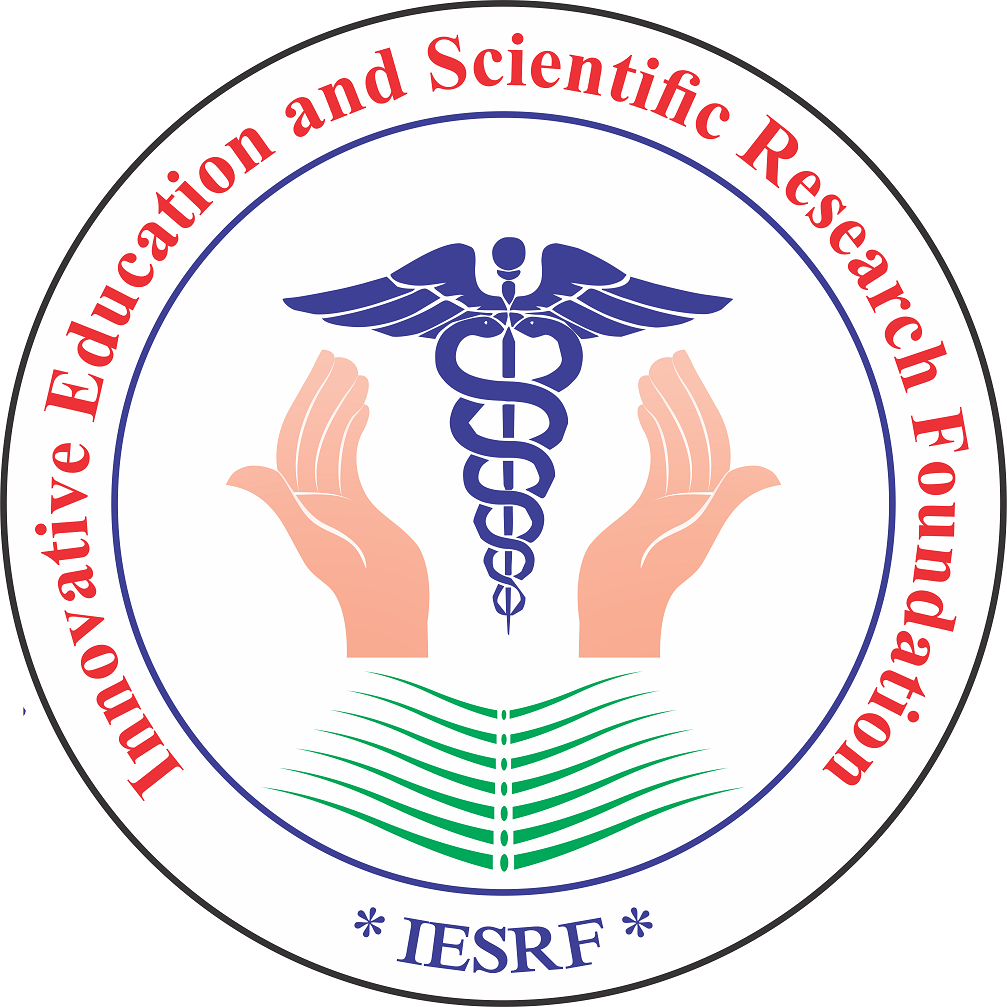- Visibility 280 Views
- Downloads 354 Downloads
- Permissions
- DOI 10.18231/j.jchm.v.12.i.2.7
-
CrossMark
- Citation
The heart of hospital hygiene: Exploring the central sterile supply department of a tertiary care hospital in Punjab
Background: Healthcare-associated infections (HAIs) continue to pose a major challenge to healthcare professionals in all healthcare settings. To combat hospital-acquired infections, hospitals need an effective method of disinfection and sterilization, which can be taken care of by the central sterile supply department (CSSD). So this study was planned to get information and a detailed picture of organization, the functioning of the CSSD department and its role in the prevention of HAIs.
Materials and Methods: This observational study was carried out in the CSSD department of a tertiary care hospital in Punjab over a period of three months. An observation checklist was used for the purpose of the study after obtaining permission from the appropriate authorities
Results: CSSD of this institution is conveniently located, offering easy access to all operating theatres and wards. Sterilization is done by steam sterilization and gas sterilization with a total of five autoclaves and one ETO machine. Physical, chemical and biological indicators are regularly used during the process of sterilization.
Conclusion: CSSD of this institution is contributing its part towards the reduction of HAIs. For effective prevention and control of HAIs, a continuous surveillance and monitoring system is imperative for determining the extent of the problem.
References
- Collins AS. Preventing Health Care-Associated Infections. In: Hughes RG, editor. Patient Safety and Quality: An Evidence-Based Handbook for Nurses. Rockville (MD): Agency for Healthcare Research and Quality (US); 2020. Chapter 41. Available from: https://www.ncbi.nlm.nih.gov/books/NBK2683/
- Ellidokuz H, Ucku R, Uysal U, Abacioglu H. Hospitalacquired infections in elderly patients: results of West Anatolian University Hospital surveillance. Arch Gerontol Geriatr. 2003;37(3):259-63.
- Identifying Healthcare-associated Infections (HAI) for NHSN Surveillance.2025. Available from: https://www.cdc.gov/nhsn/pdfs /pscmanual/2psc_identifyinghais_nhsncurrent.pdf.
- Report on the Burden of Endemic Health Care-Associated Infection Worldwide. Geneva, Switzerland: WHO; 2011. Available from:
- https://www.who.int/publications/i/item/report-on-the- burden-of-endemic-health-care-associated-infection-worldwide.
- National health System Resource Centre. Draft SOPs for Hospital Administration. New Delhi. Ministry of Health and Family Welfare.
- Available from: https://www.scribd.com /document/392243981/Draft-SOPs-for-Hospital-management
- World Health Organization. Decontamination and reprocessing of medical devices for health-care facilities. Geneva: World Health Organization, 2016. Available at https://www.who.int/publications/i/item/9789241549851. Accessed on 2 dec 2024.
- Basu D, Bhattacharya S, Mahajan A, Ramanan VR, Chandy M. The Importance of the Central Sterile Supply Department in Infection Prevention and Control. Infect Control Hosp Epidemiol 2014;35(10):1312-4.
- Best practices for cleaning, disinfection and sterilization of medical equipment/devices in all health care settings. Ontario, Provincial Infectious Diseases Advisory Committee, 2013. Available at chrome- extension://efaidnbmnnnibpcajpcglclefindmkaj/https://www.public healthontario.ca/-/media/documents/B/2013/bp-cleaning- disinfection-sterilization-hcs.pdf. Accessed on 10 December 2024.
- Sakharkar BM (2009) ‘Central sterile supply department’ Principles of Hospital Administration and Planning. 2nd ed. New Delhi: Jaypee Brothers Medical Publishers (P) Ltd; 229-230.
- Shetty N. A study on utilization of sterilization techniques and equipment in CSSD of Fr. Muller Medical College Hospital [Masters in Hospital Administration thesis]. Mangalore, Karnataka: Rajiv Gandhi University of Health Sciences, Bangalore; 20005. Available from: https://www.academia.edu/2197782/A_study _on_the_utilization_of_sterilization_techniques_and_equipment_i n_the_CSSD_of_fr_muller_medical_college_hospital. Accessed on 15 December 2024.
- Danko LH, Simbartl LA, Osburn B, Kralovic Roselle GA. A nationwide survey of sterile supply, processing and distribution (SPD) services within Department of Veterans Affairs (VA) Medical Facilities. 2006;34(5):2-23.
- Lin X, Qing-yan W, Hong W, Si-yuan T. The epidemiology of needle stick and sharp injuries in central sterile supply department of hospitals in Hunan Province, China. Int J Infect Control. 2014;10(1):1-11.
- Shriyan A and Shriyan A. A study on the efficiency of CSSD at a health care centre. J Nurs Patient saf Care 2015;1(2):7-16.
- Li GQ, Guo FF, Ou Y, Dong GW, Zhou W. Epidemiology and outcomes of surgical site infections following orthopedic surgery. Am J Infect Control. 2013;41(12):1268–71.
- Centers of Disease Control and Prevention. Bloodstream Infection Event (Central Line- associated Bloodstream Infection and Non- central line-associated Bloodstream Infection). 2025. Available at chromeextension://efaidnbmnnnibpcajpcglclefindmkaj/ https://www.cdc.gov/nhsn/pdfs/pscmanual/4psc_clabscurrent.pdf. Accessed 12 Jan 2025
- Centre for Disease Control and Prevention. Annual epidemiological report 2014. Antimicrobial resistance and healthcare associated infections. 2014. Available From: chrome- extension://efaidnbmnnnibpcajpcglclefindmkaj/https://www.ecdc. europa.eu/sites/default/files/documents/antimicrobial-resistance- annual-epidemiological-report.pdf. Accessed 5December 2024
How to Cite This Article
Vancouver
Bansal P, Sharma S, Chaudhary A, Gupta VK, Satija M. The heart of hospital hygiene: Exploring the central sterile supply department of a tertiary care hospital in Punjab [Internet]. J Community Health Manag. 2025 [cited 2025 Oct 23];12(2):83-87. Available from: https://doi.org/10.18231/j.jchm.v.12.i.2.7
APA
Bansal, P., Sharma, S., Chaudhary, A., Gupta, V. K., Satija, M. (2025). The heart of hospital hygiene: Exploring the central sterile supply department of a tertiary care hospital in Punjab. J Community Health Manag, 12(2), 83-87. https://doi.org/10.18231/j.jchm.v.12.i.2.7
MLA
Bansal, Priya, Sharma, Sarit, Chaudhary, Anurag, Gupta, Vikram Kumar, Satija, Mahesh. "The heart of hospital hygiene: Exploring the central sterile supply department of a tertiary care hospital in Punjab." J Community Health Manag, vol. 12, no. 2, 2025, pp. 83-87. https://doi.org/10.18231/j.jchm.v.12.i.2.7
Chicago
Bansal, P., Sharma, S., Chaudhary, A., Gupta, V. K., Satija, M.. "The heart of hospital hygiene: Exploring the central sterile supply department of a tertiary care hospital in Punjab." J Community Health Manag 12, no. 2 (2025): 83-87. https://doi.org/10.18231/j.jchm.v.12.i.2.7
